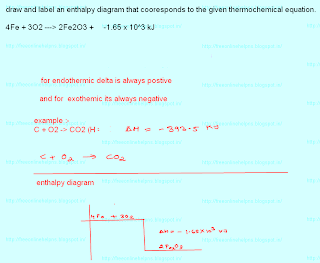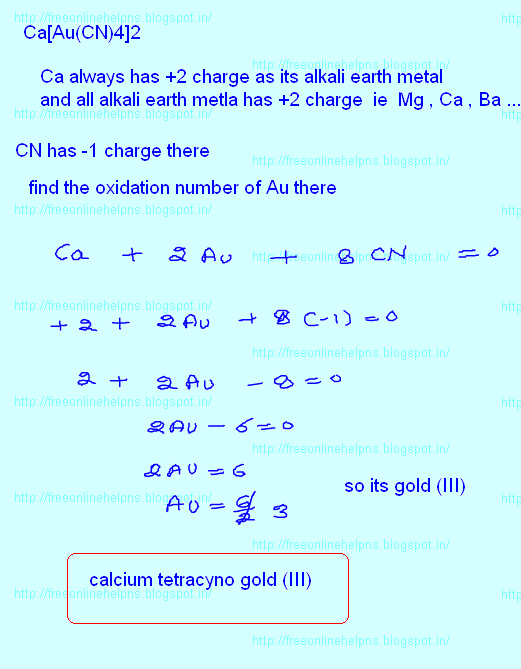What are the characteristics of a chemical reaction?
Important characteristics of a chemical reaction are
(i) Change in temperature
(ii) Change in color
(iii) Change in state
(iv) Formation of precipitate
(v) Evaluation of gas
Change in temperature:- If mixing two substances there is a change in temperature then we can say that chemical reaction is taking place.
Example:-
1. If we add water to quick lime then a lot of heat is produce and the temperature of the reaction mixture become very high .This is an exothermic reaction .
2. If we add barium oxide and aluminum chloride is an exothermic so it can produce a lot of heat then mixture becomes very hot.
Change in color:- If on reducing two substances change in colour taking place then we can say that chemical reaction is taken place.
Example :-
when citric acid react with potassium paramagnet then purple color of potassium paramagnet
Change in state:- Some chemical reaction are characterized by the change in state
Example:-
When wax is burned then carbon dioxide and hydrogen are formed.
In this reaction the state changes from solid to liquid.
Formation of the precipitate:- If on adding two substances a precipitate is formed then we can say than we can say a chemical reaction is taken place.
Example:-
white precipitate of silver chloride is formed.
white precipitate of silver chloride is formed.
Evaluation of gas:-If on mixing reactants a gas is produced
Example:-
when we heated the CaCO3 , CO2 gas is evolved .
when we heated the CaCO3 , CO2 gas is evolved .












